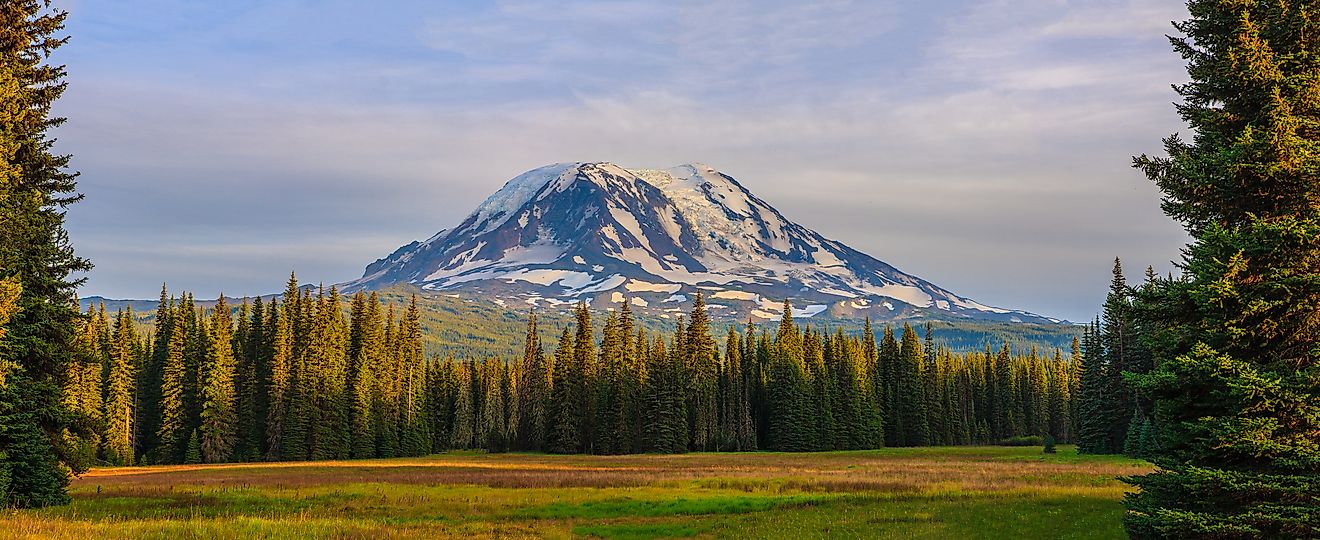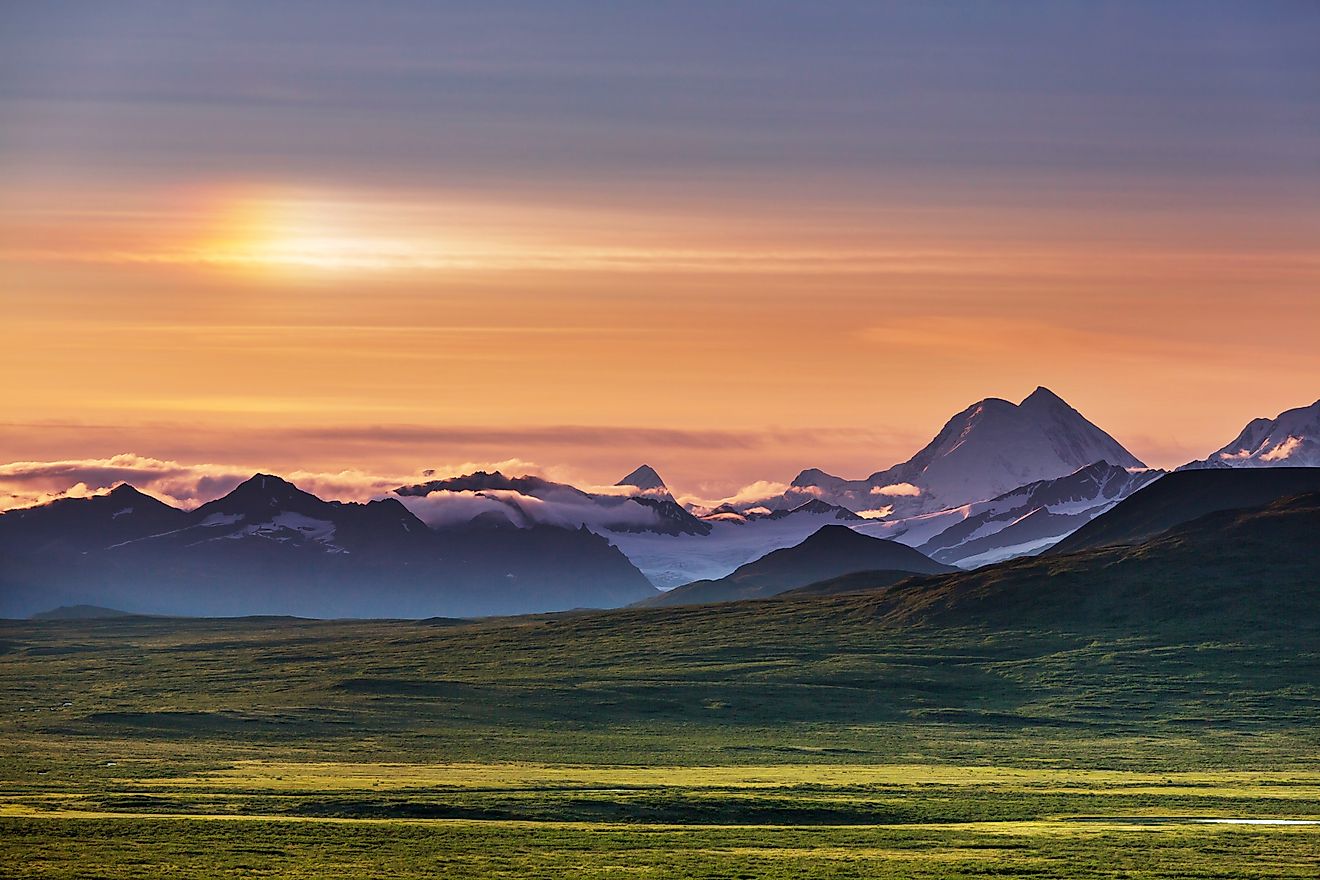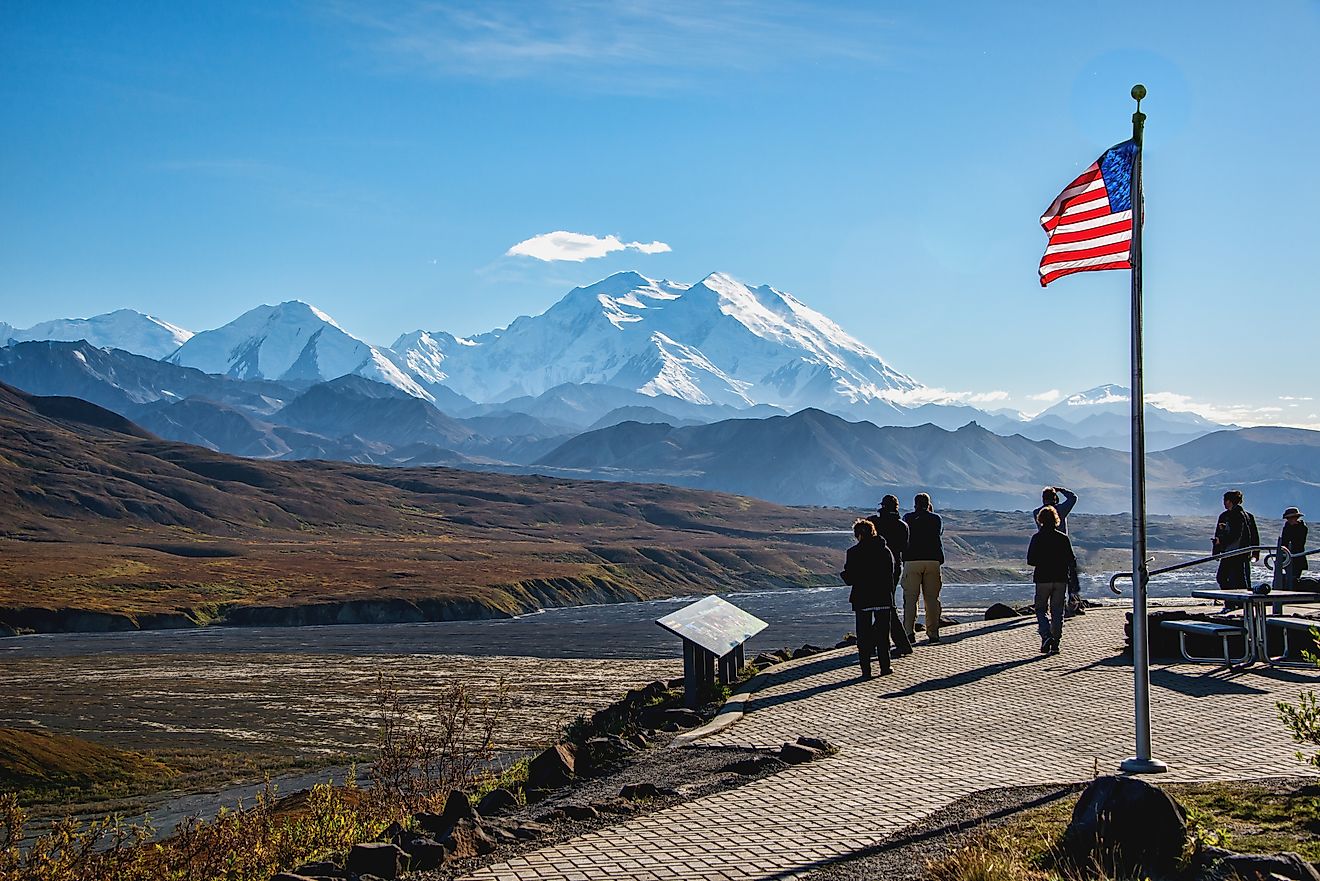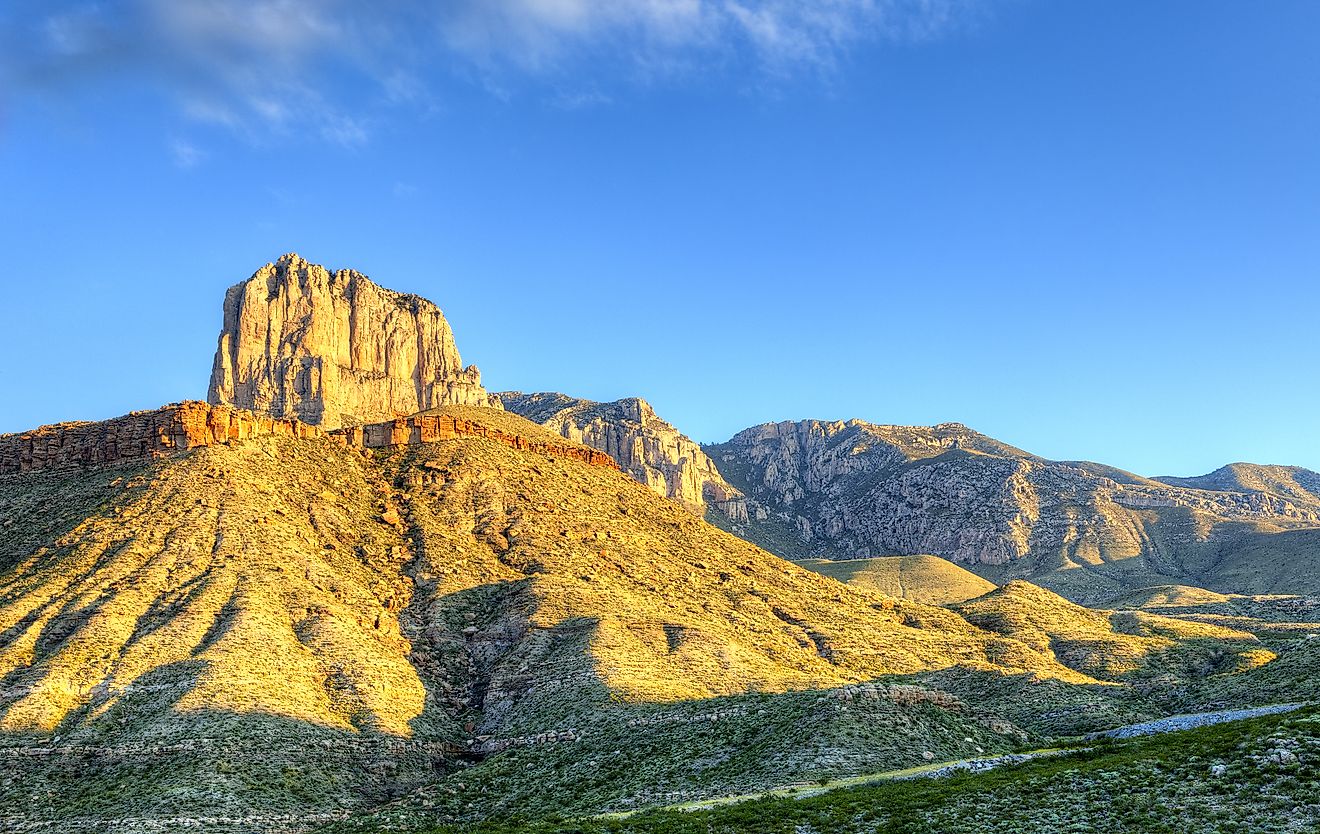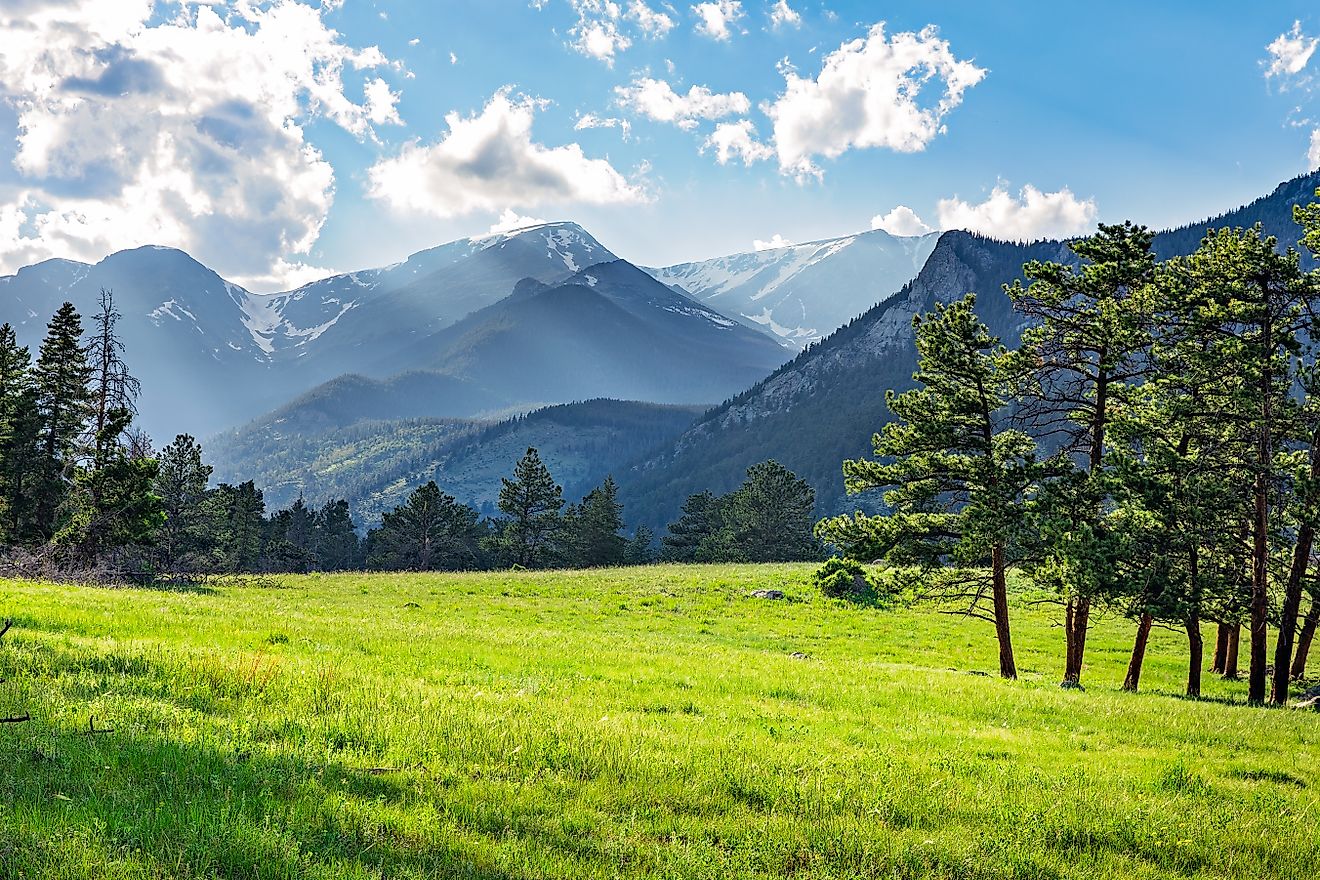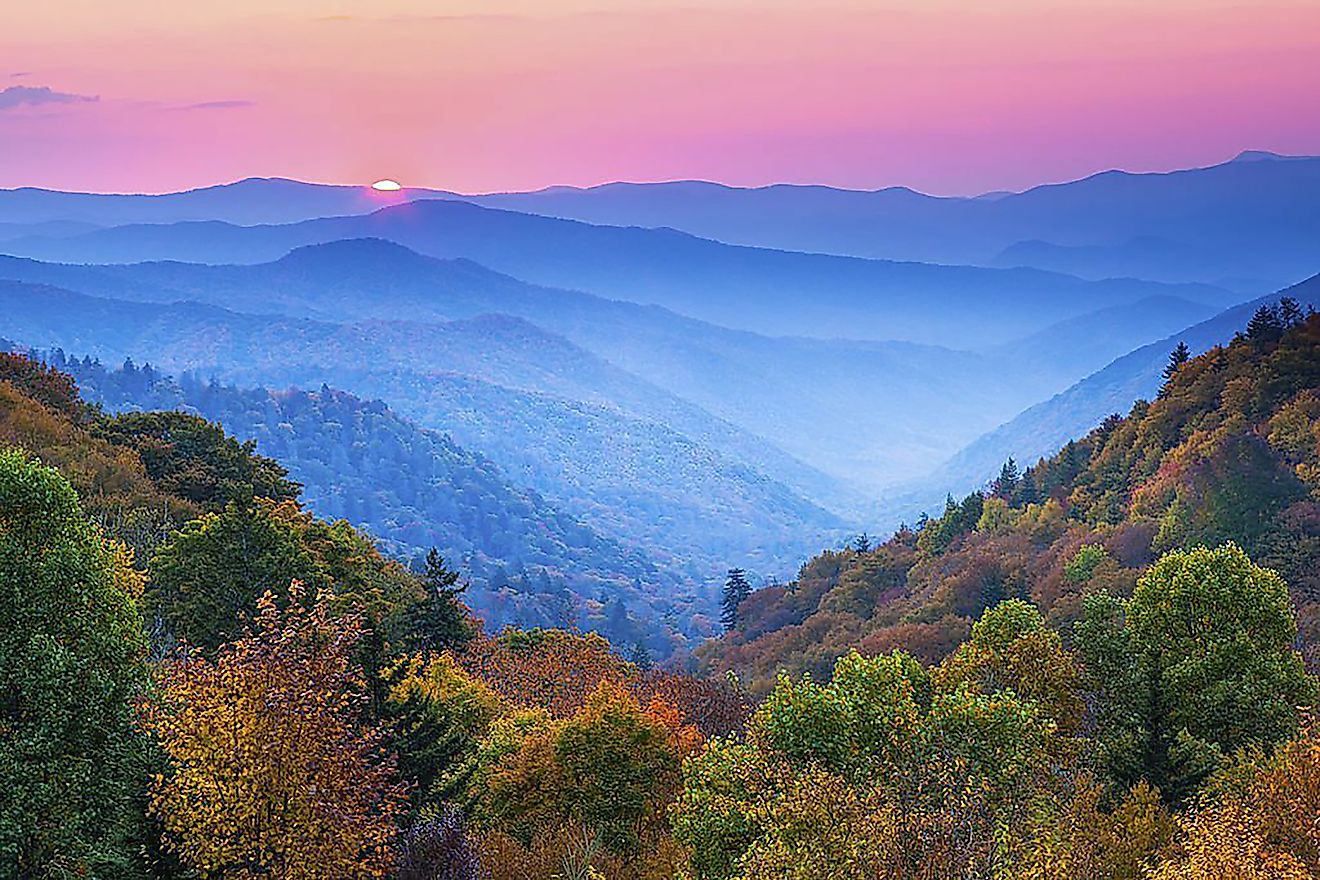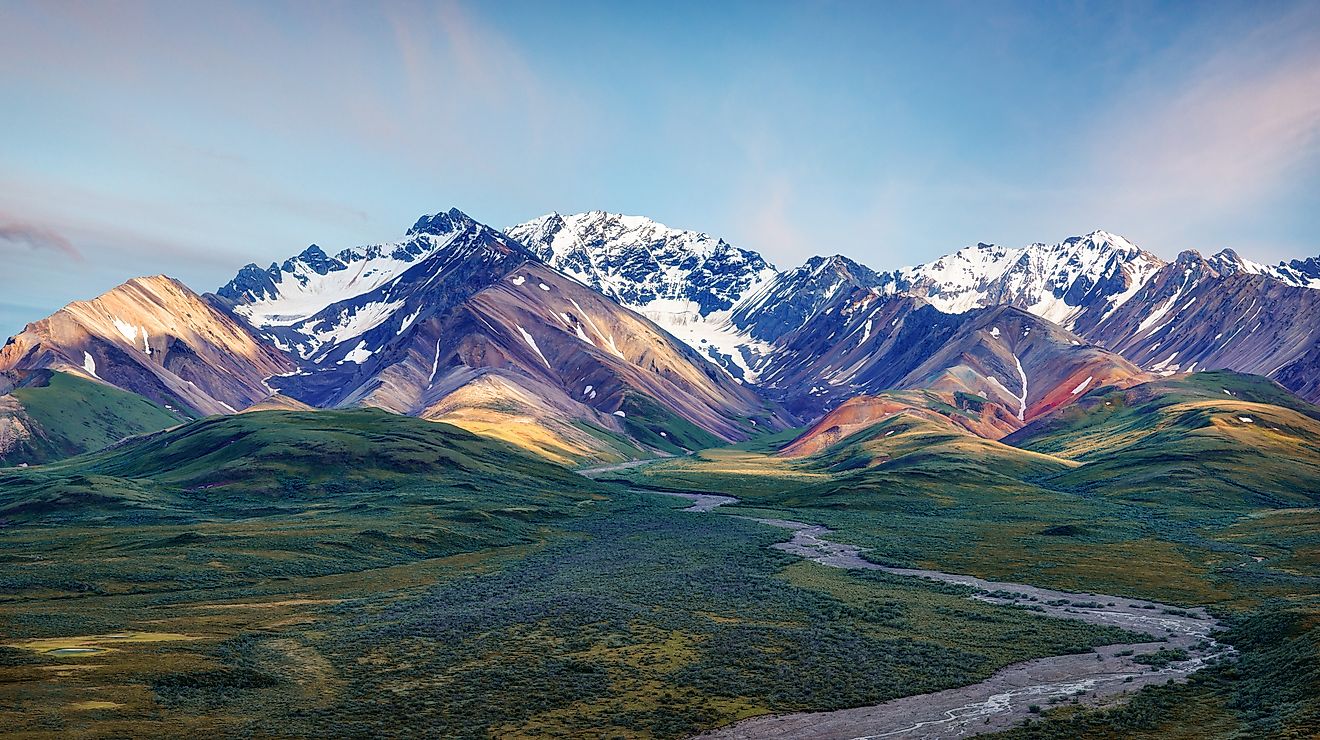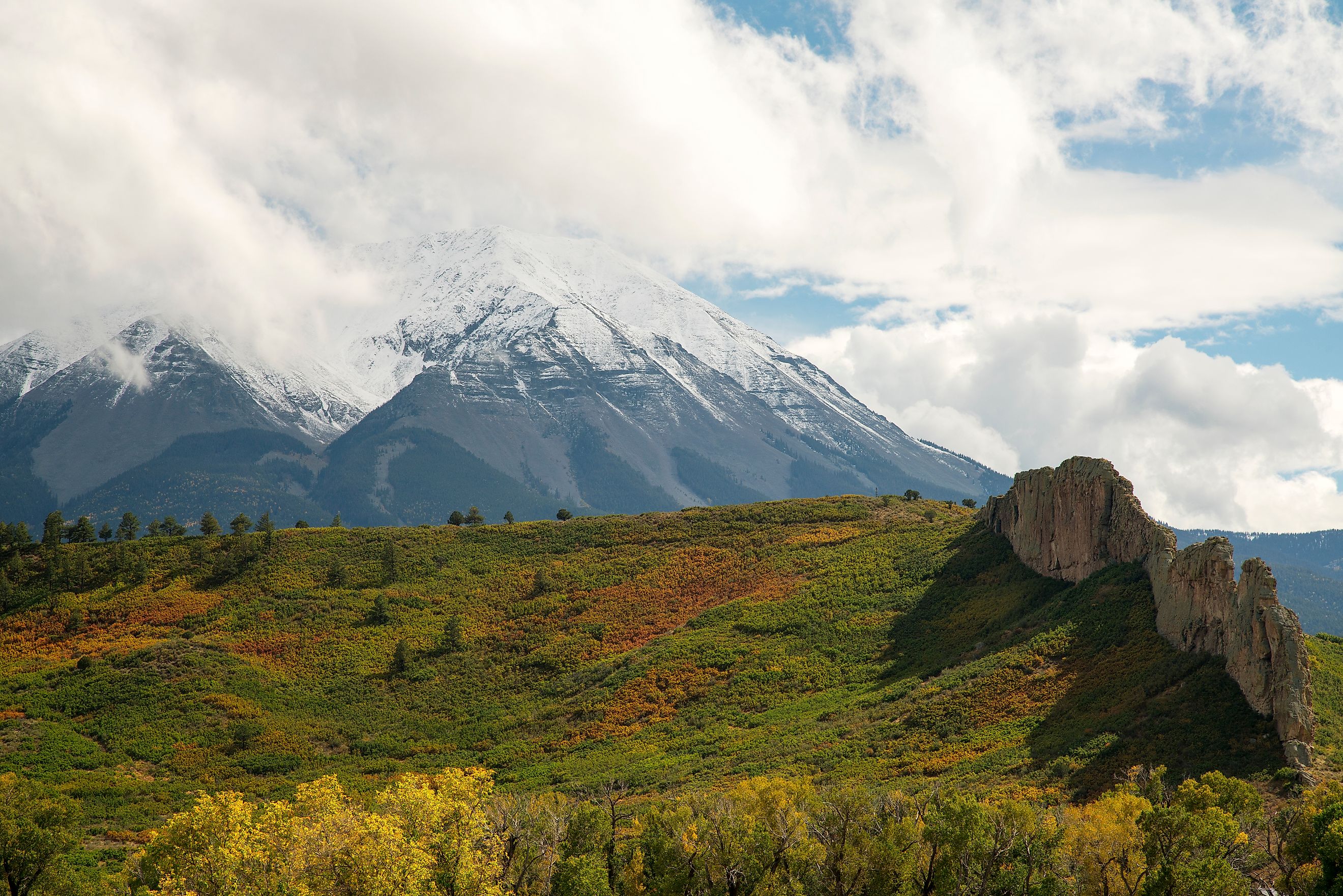
US Mountains That Are Actually Extinct Volcanoes
The United States is home to some of the most iconic mountain ranges in the world. While many are known for their towering peaks and scenic beauty, few realize that some of these mountains were born from violent volcanic origins. Today, these once-active volcanoes are silent, their magma chambers long cooled, but the evidence of their fiery past is written in stone.
From the West Coast to the heart of the country, these mountains are not just geological wonders. They are extinct volcanoes that have shaped the land, defined regions, and continue to inspire awe.
Mount Thielsen, Oregon
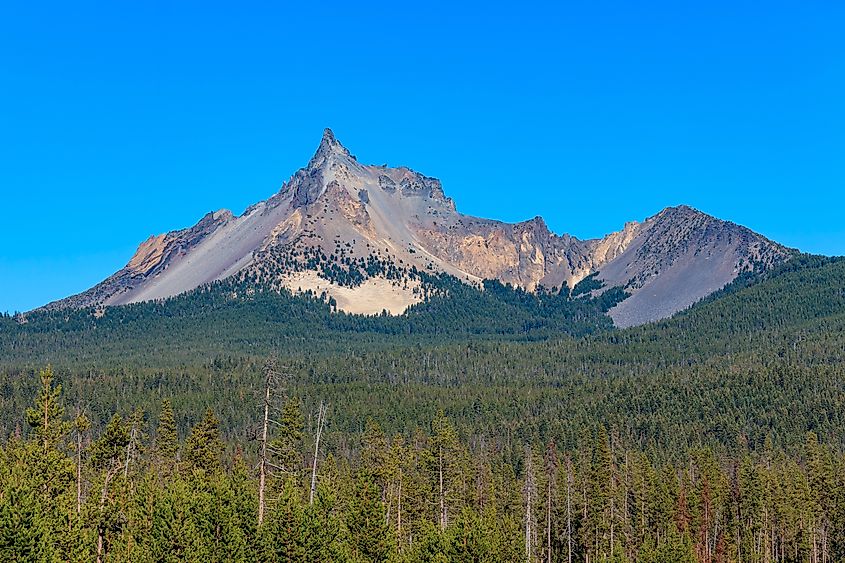
-
Volcano Type: Shield volcano
-
Last Eruption: Approximately 250,000 years ago
Nicknamed the "Lightning Rod of the Cascades," Mount Thielsen rises to 9,182 feet in Oregon's Cascade Range. Its horn-like summit, sharp and jagged, is the sculpted remains of a shield volcano that last erupted about 250,000 years ago. Unlike active volcanic peaks to the north, Thielsen is extinct. Today, it draws climbers and photographers for its alpine beauty, dramatic skyline, and rugged terrain carved by ancient lava and glaciers. Once volatile and molten, Mount Thielsen now serves as a geological marker in the long arc of volcanic activity that shaped the Pacific Northwest.
Pilot Knob, Texas
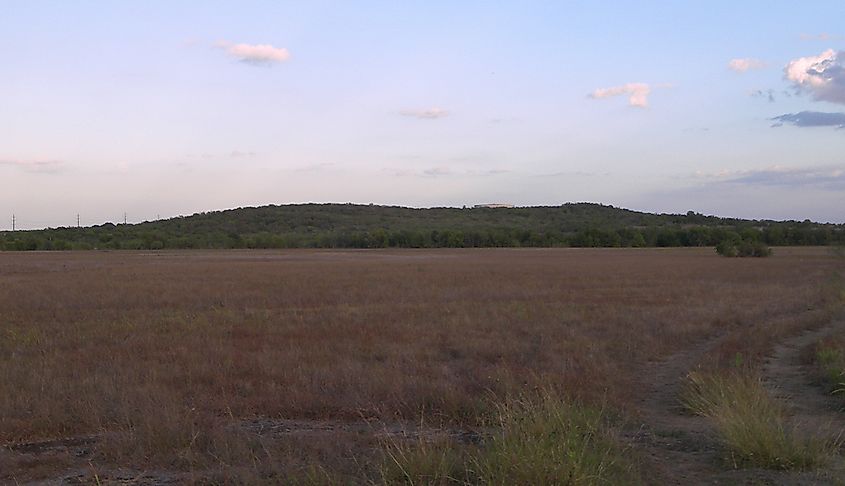
Pilot Knob, the remnant of an extinct volcano, located southeast of Austin, Texas. Editorial credit: Larry D. Moore via Wikimedia Commons
-
Volcano Type: Submarine volcano
-
Last Eruption: About 80 million years ago
In the middle of the Texas Hill Country near Austin lies an unexpected geological feature. Pilot Knob is the remnant of a volcanic complex that erupted nearly 80 million years ago during the Late Cretaceous period. Today, it appears as a series of low hills rather than a towering peak, but it remains one of the few extinct volcanoes in Texas.
Pilot Knob was once a shallow submarine volcano, and the surrounding limestone and shale deposits confirm its ancient marine environment. Erosion has worn down most of the volcanic cone, but geologists have mapped its underground structure. The site offers an intriguing glimpse into the volcanic past of a state more commonly associated with deserts and oil fields.
Mount Taylor, New Mexico
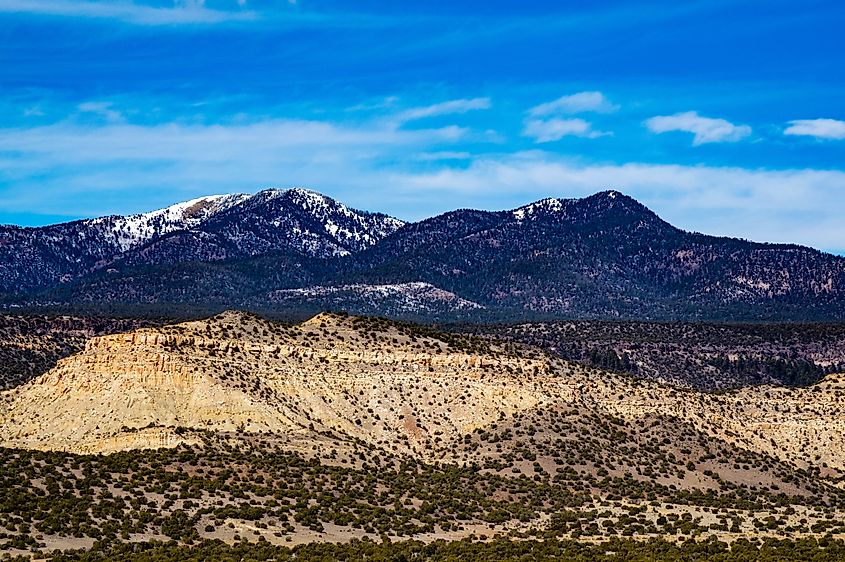
-
Volcano Type: Stratovolcano
-
Last Eruption: Around 1.5 million years ago
Located near the town of Grants, Mount Taylor rises to 11,301 feet and is a sacred mountain to several Native American tribes. This extinct stratovolcano was active around 1.5 to 3.3 million years ago. Its massive base and surrounding lava flows indicate a long and powerful eruptive history.
Mount Taylor is part of the Mogollon-Datil volcanic field and is composed primarily of basalt and andesite. Today, it is a popular hiking destination and the centerpiece of a large wilderness area. The mountain's slopes are dotted with high meadows, pine forests, and sweeping vistas that make it easy to forget its turbulent past.
San Rafael Swell, Utah
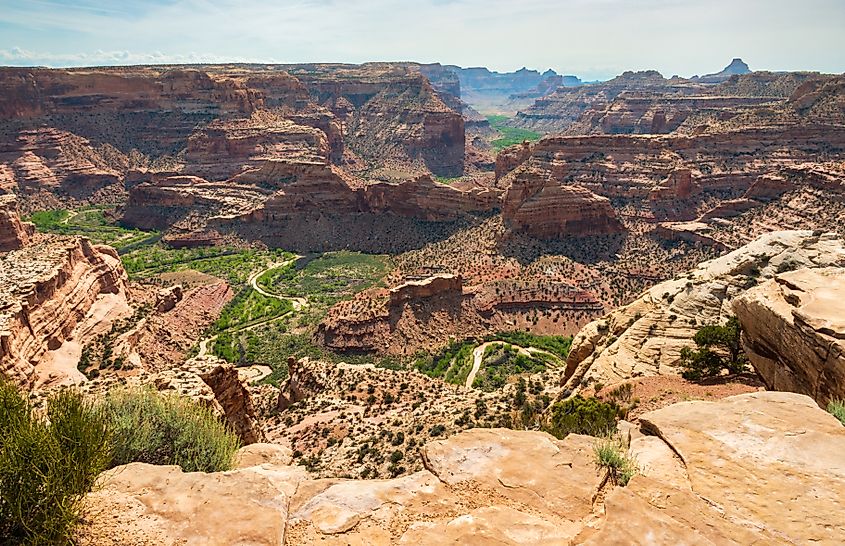
-
Volcano Type: Volcanic intrusions and plugs
-
Last Eruption: Estimated over 50 million years ago
Though not a single mountain, the San Rafael Swell is a massive geological uplift in central Utah with a volcanic origin. The area is composed of colorful sedimentary rock formations shaped by eons of erosion, but beneath the surface lies an ancient volcanic complex.
Parts of the Swell, particularly the Cathedral Valley and nearby volcanic plugs, point to a time when magma pushed its way toward the surface without fully erupting. These underground intrusions cooled and solidified, forming the backbone of the rugged terrain visible today. This hidden volcanic history makes the San Rafael Swell a hotspot for geology buffs and backcountry explorers.
Spanish Peaks, Colorado
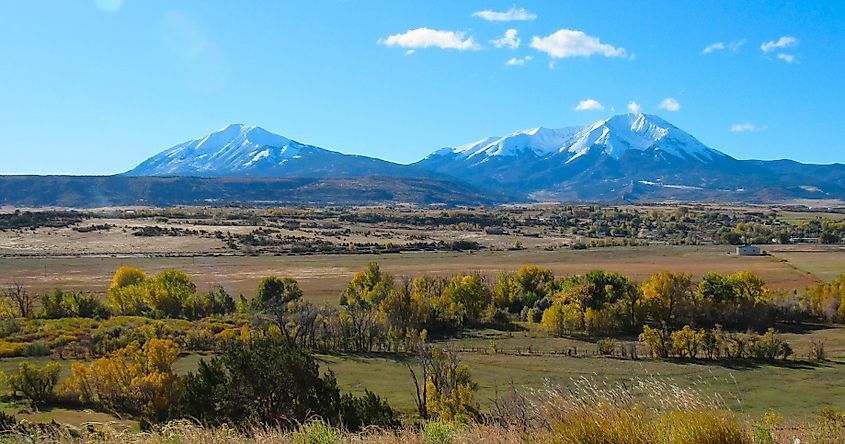
-
Volcano Type: Laccolithic intrusions
-
Last Eruption: Approximately 24 million years ago
Located in southern Colorado, the Spanish Peaks rise abruptly from the plains and serve as dramatic landmarks visible for miles. These twin peaks are remnants of two large volcanic intrusions known as laccoliths. Around 24 million years ago, magma pushed its way into the surrounding rock layers, creating the distinct dome-like formations that now make up East and West Spanish Peak.
What sets the Spanish Peaks apart is their unique radiating dike system. These long, narrow walls of volcanic rock stretch out from the central peaks like spokes on a wheel. Some are more than 10 miles long and are a favorite feature for both hikers and photographers. Though the volcanoes never exploded in cataclysmic eruptions, their fiery beginnings are etched into the landscape.
Lassen Peak, California
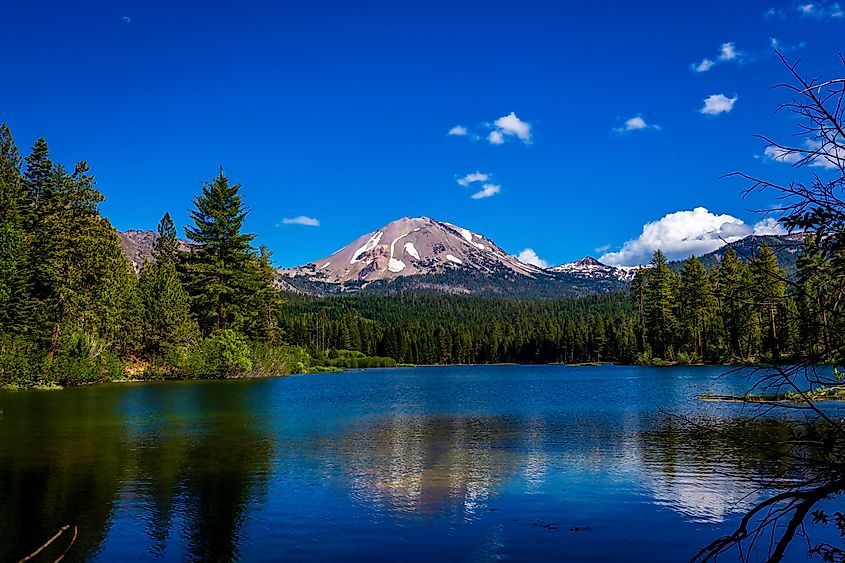
-
Volcano Type: Lava dome (plug dome)
-
Last Eruption: 1915
While Lassen Peak is sometimes described as dormant, geologists now consider it inactive and possibly extinct. Located in Northern California within Lassen Volcanic National Park, Lassen Peak last erupted in 1915. That event was minor compared to historic eruptions from volcanoes like Mount St. Helens, but it was significant enough to classify Lassen as one of the most recently active volcanoes in the contiguous United States.
Lassen is a plug dome volcano, meaning it formed from thick, slow-moving lava that cooled quickly and built up around its vent. Though scientists continue to monitor the area for seismic activity, the mountain is currently at rest. It attracts thousands of visitors each year who hike its summit trail, marvel at its lava rocks, and soak in the surrounding hydrothermal features that hint at the mountain's past.
Sutter Buttes, California
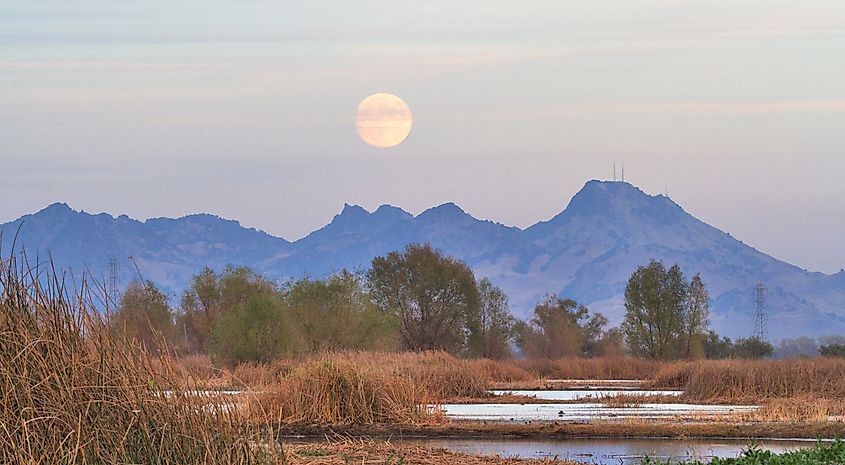
-
Volcano Type: Eroded lava domes and plugs
-
Last Eruption: Around 1.5 million years ago
North of Sacramento, the Sutter Buttes rise like an island in the middle of California's Central Valley. Often referred to as the world's smallest mountain range, these buttes are actually the remains of a volcanic complex that last erupted over 1.5 million years ago.
The Sutter Buttes consist of eroded lava domes and volcanic plugs, surrounded by fertile farmland. Despite their small size, they offer a surprising diversity of plant and animal life, and guided hikes through the area reveal evidence of the buttes' explosive history. Their isolated location makes them a surreal and unexpected sight amid the flat valley floor.
Black Hills, South Dakota
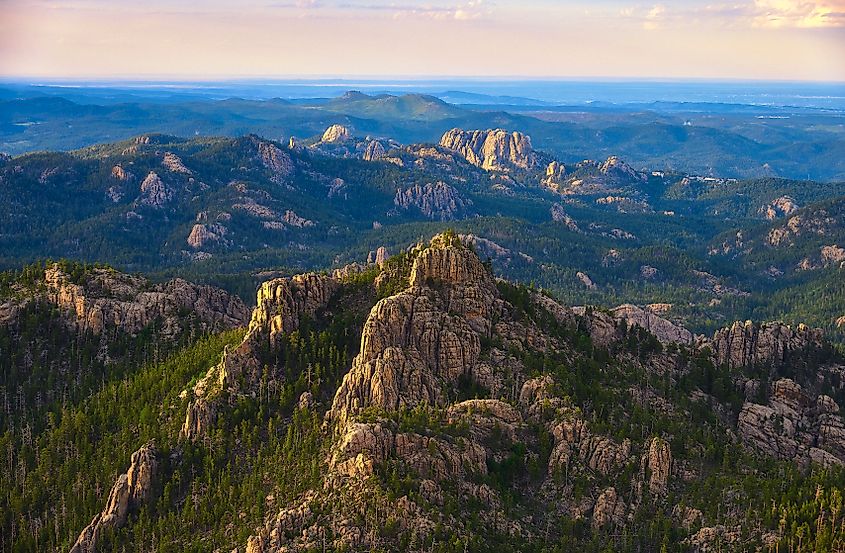
-
Volcano Type: Ancient volcanic intrusions
-
Last Eruption: Over 1.8 billion years ago (Precambrian era)
Best known for Mount Rushmore, the Black Hills are an isolated range in western South Dakota with complex geologic origins. While much of the range is composed of granite and metamorphic rock, parts of the region have ancient volcanic roots.
Some geologists believe that volcanic activity contributed to the uplift and shaping of the area during the Precambrian era, more than 1.8 billion years ago. While the visible mountains are not volcanoes in the traditional sense, certain formations within the hills show signs of ancient magma intrusion and volcanic remnants.
This deep geologic history gives the Black Hills a unique character that combines rugged peaks, sacred Native American sites, and some of the oldest rock formations in North America.
Henry Mountains, Utah
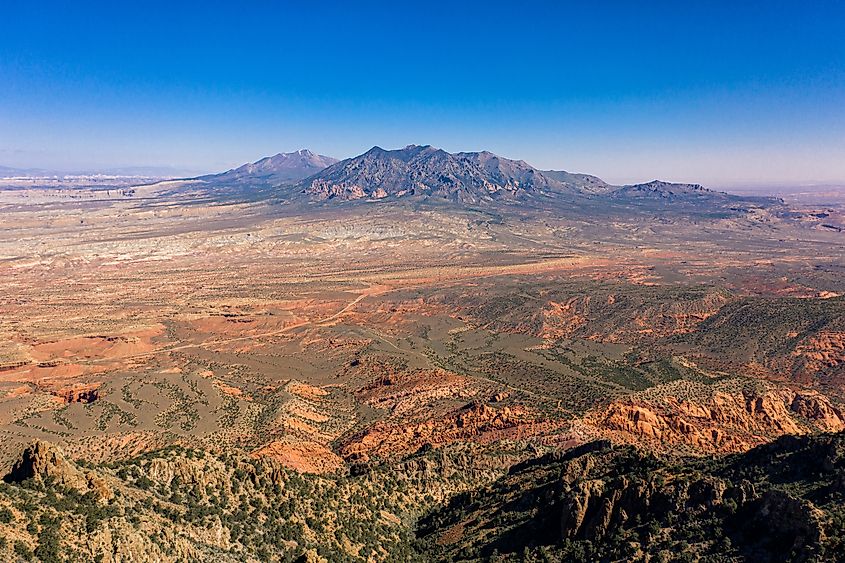
-
Volcano Type: Laccolithic intrusions
-
Last Eruption: Around 23 to 29 million years ago
Located in southeastern Utah, the Henry Mountains are one of the last mountain ranges in the contiguous United States to be explored and named by Euro-American settlers. These mountains are laccolithic in origin, formed when magma intruded into sedimentary rock layers and pushed them upward without breaking the surface.
The range includes several peaks over 10,000 feet, including Mount Ellen. These mountains are remote, rarely visited, and full of wild terrain. Though they never erupted as classic volcanoes, their creation involved intense volcanic processes. The Henry Mountains have become a classic study site for understanding how underground magma shapes surface features.
The Quiet Giants Shaped by Fire
The next time you gaze up at a mountain range, consider what lies beneath. Many of the United States' most scenic landscapes were forged in fire. These extinct volcanoes may be silent now, but their forms, layers, and scars tell a story of a turbulent past that helped create the beauty we see today.
Whether you are hiking the ridges of Oregon, wandering through the buttes of California, or exploring the sacred peaks of New Mexico, you are walking on the cooled remnants of ancient forces that once reshaped the earth. Their stories are written in basalt, obsidian, and granite, waiting for curious travelers to look a little closer.
Extinct Volcano Mountain Overview
| Mountain | State | Volcano Type | Last Eruption |
|---|---|---|---|
| Mount Thielsen | Oregon | Shield volcano | ~250,000 years ago |
| Pilot Knob | Texas | Submarine volcano | ~80 million years ago |
| Mount Taylor | New Mexico | Stratovolcano | ~1.5 million years ago |
| San Rafael Swell | Utah | Volcanic intrusions and plugs | ~20 million years ago |
| Spanish Peaks | Colorado | Laccolithic intrusions | ~25 million years ago |
| Lassen Peak | California | Lava dome (plug dome) | 1915 |
| Sutter Buttes | California | Eroded lava domes and plugs | ~1.5 million years ago |
| Black Hills | South Dakota | Ancient volcanic intrusions | ~1.8 billion years ago |
| Henry Mountains | Utah | Laccolithic intrusions | ~23–31 million years ago |
